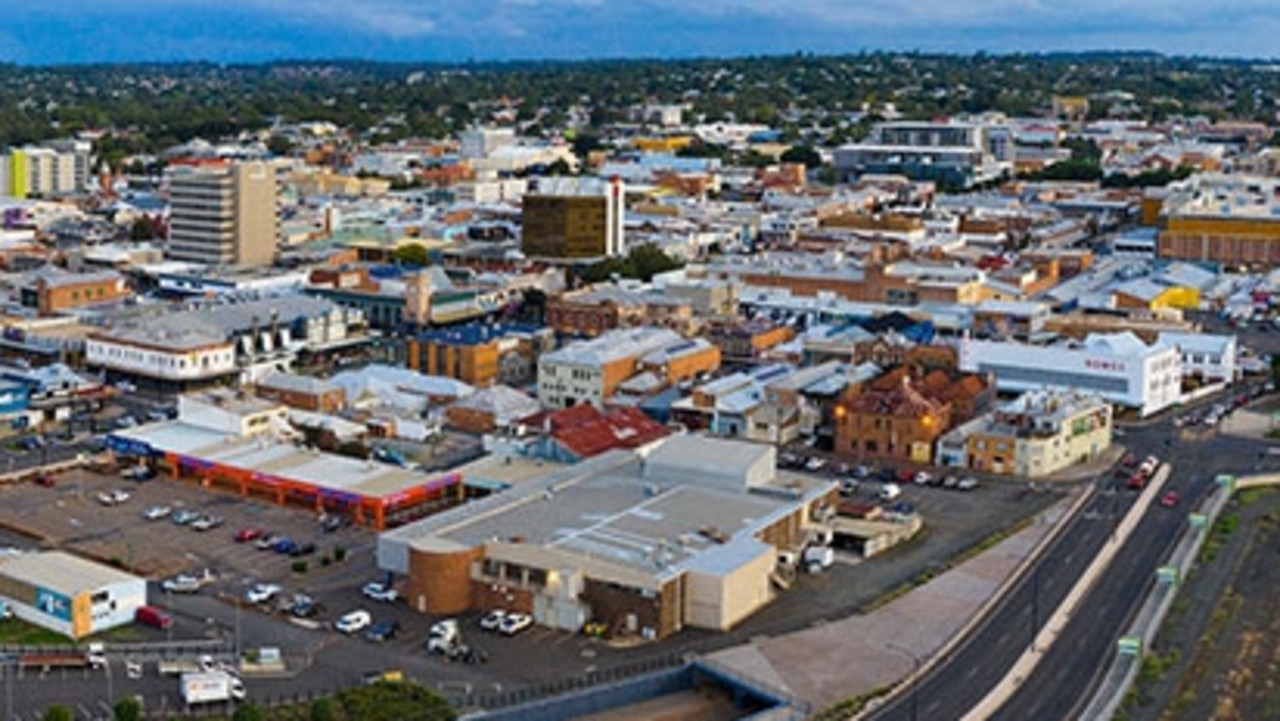Fed-up young Aussies are fighting back against NIMBYs, in a bid to solve the housing crisis
They’re old, rich and firmly against anything threatening their perfect inner-city homes, but now NIMBYs face a fightback from fed-up young Aussies.
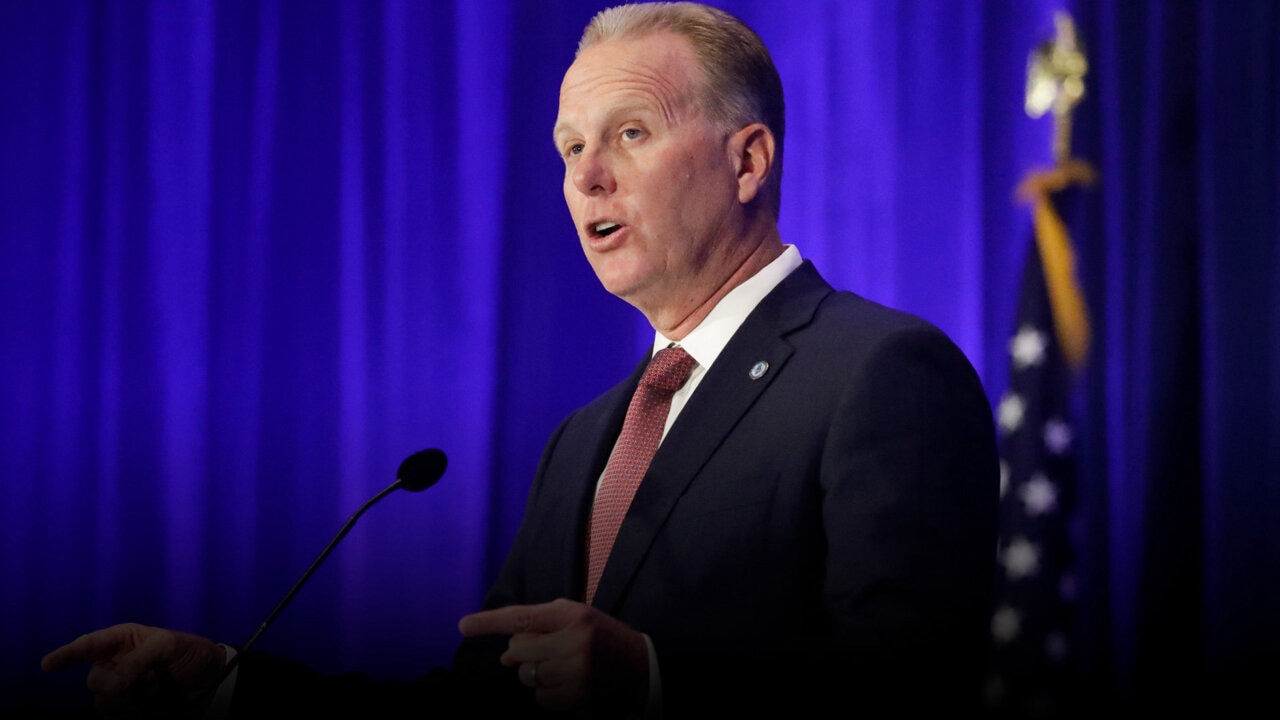
They’re mostly old, mostly rich and fiercely protective of their perfect patches of inner-city dirt, willing to mount formidable challenges against anything that disturbs their peace.
Whether it’s rezoning neighbourhoods to allow denser development, applications to build townhouses and units, or talk of public and affordable housing, they’re firmly NIMBY – Not In My Backyard.
For years now, their activities have gone largely unnoticed and unacknowledged, confined to the minutes of local council meetings where even a handful of objections can derail a housing development.

But in Sydney, ground zero of Australia’s housing crisis, a new crop of young people is fighting back, turning the notion of power in small numbers on its head.
And they’re flipping the script, from NIMBY to YIMBY – Yes In My Backyard.
Erin Riley is the deputy chair of Sydney YIMBY, which was formed last year amid frustration at a lack of solutions to the city’s worsening housing woes.
“I’m almost 40, I’ve always had really good white-collar jobs, I have a partner who has a good white-collar job, and we’re proper upper-middle-class people,” Ms Riley said.
“We’ve only just been able to buy our first home in the past few years, in Wollondilly, about a two-hour commute away. It was hard enough for us, but imagine how it is for people who are 15 or so years younger.
“I don’t want to be part of the generation that pulls the ladder up behind us. It feels unjust.”
Economists blame skyrocketing home prices and rapidly rising rents on significantly low levels of new housing supply, the main cause of which is inefficient planning and development policies.
That’s what Sydney YIMBY wants to address, much to the chagrin of inner-city NIMBYs.
First major battles
Less than seven kilometres west of the Sydney CBD is the leafy suburb of Haberfield, beloved for its wide streets, character homes and historic charm.
Smack bang in the middle of that pocket is a two hectare chunk of vacant land owned by the Department of Defence, which plans to sell it off.
Current plans are to subdivide the plot into 900 square metre home sites, which would sell for an estimated $3 million each.
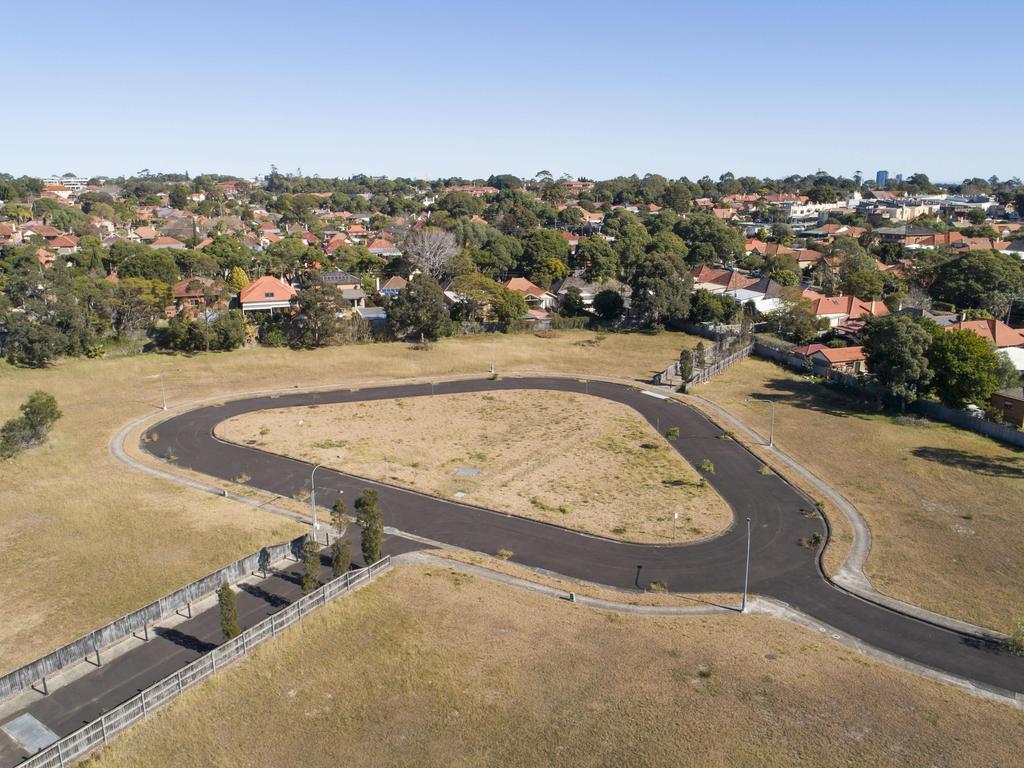
“We think that site should be zoned for medium-density housing and we’d actually really love to see it be public housing,” Ms Riley said.
“We’re not talking about demolishing anything – it’s empty, unused land. We’re not talking about skyscrapers – we’re talking three- to six-storey buildings. And we’re not destroying the heritage of the suburb – we’re not even asking for existing homes to be rezoned.
“It’s just this block of land that’s really well-located, close to a light rail stop, and could be thoughtfully repurposed.”
Locals aren’t enthusiastic about the idea.
Some are opposed to the site being used as any kind of housing and instead want to see “passive recreation” – polite speak for ‘park’ or ‘nature reserve’.
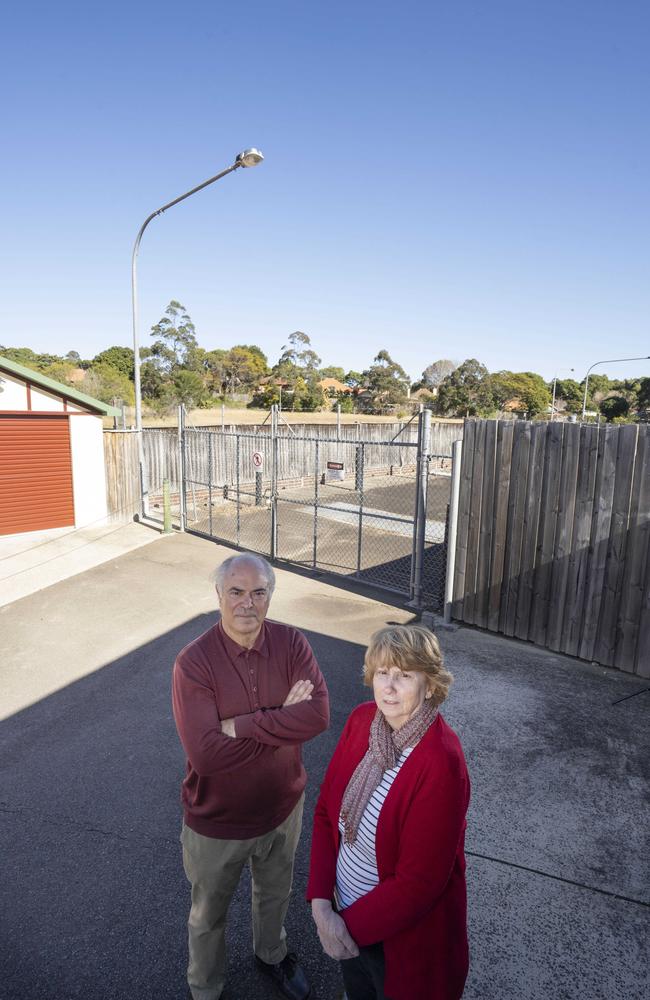
Sydney YIMBY has ruffled feathers four kilometres south in Hurlstone Park, with former Greens councillor Marie Healy launching a bizarre attack on the group last month.
In an opinion piece published on a local news website, Ms Healy implied they had secretive links to powerful developers.
“People in my area are suspicious when a pro-development lobby group pops up claiming to be a grassroots,” she wrote.
Sydney YIMBY members involved in a campaign supporting the extension of the metro line to Bankstown were funded by developers and “[former premier Gladys] Berejiklian loved them”, she claimed.
Sydney YIMBY doesn’t receive funding from developers and is an incorporated organisation whose only source of income is membership fees.
“There’s a certain group of people who are so far removed from concerns about housing affordability that the only reason they could imagine somebody would think differently is a vested interest,” chair Justin Simon said of Ms Healy’s attacks.
“It is unfortunate that this bubbles up into accusations of bad faith rather than empathy with people who are getting 20 per cent rent increases.”
A wave of push-back
Alistair Sisson is a research fellow at Macquarie University’s School of Social Sciences and said the YIMBY movement has become increasingly prominent in Australia.
The notion of counteracting NIMBY attitudes took off in the US over the past decade, particularly in tech hubs like San Francisco and Austin, where predominantly young people took action to address critical housing shortages.
In this local context, YIMBYism has focused on targeting common barriers to new housing supply – zoning, heritage protections, and planning standards.
“The development and construction industries have long targeted such restrictions,” Mr Sisson said.
“Grassroots organisations and non-profit housing advocates, on the other hand, have focused on measures like social and affordable housing, ending tax concessions for property investors and rent regulation.
“YIMBYs take a different approach. They argue that building more housing – even at the upper end of the property market – will improve affordability overall through the process of ‘filtering’ by freeing up more affordable, lower-quality housing.”
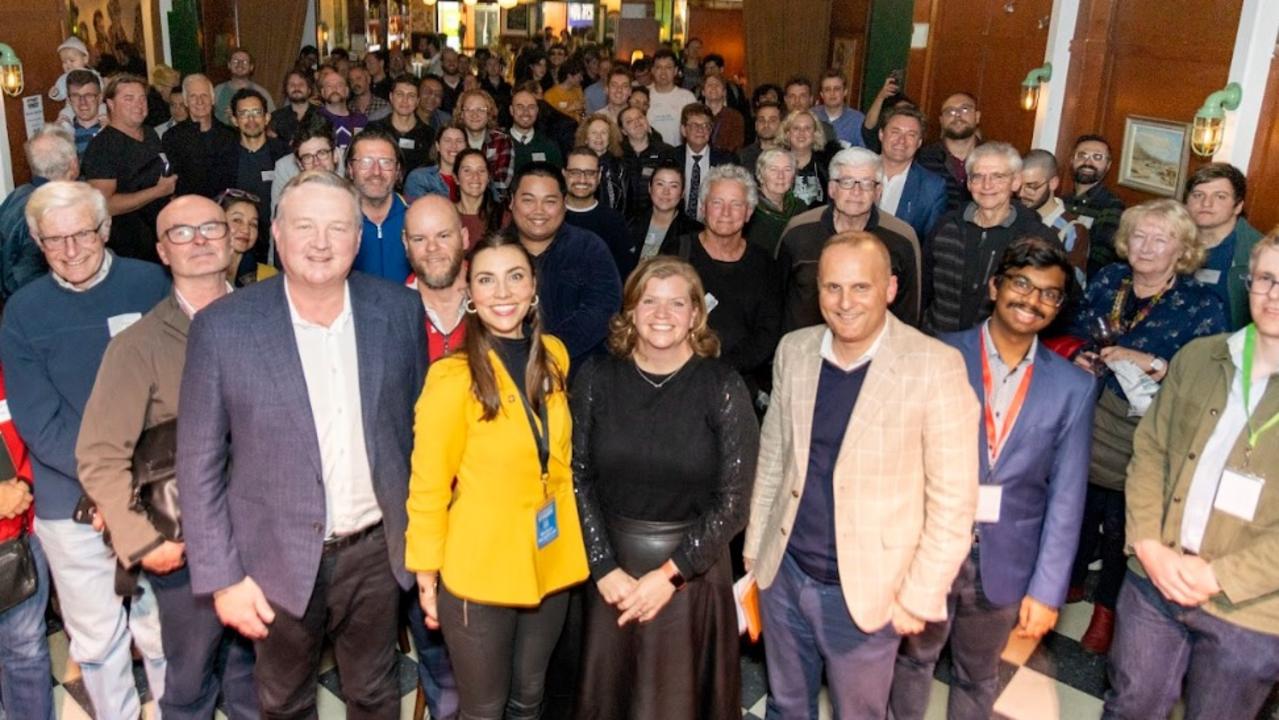
Mr Sisson said the YIMBY philosophy tends to boil down to a conflict between “wealthy Baby Boomer homeowners, who purchased property when it was cheaper … and Millennials, who can’t afford to buy due to opposition to new development from boomer homeowners”.
It’s a little more nuanced than that, Ms Riley said, although NIMBYs do tend to belong to a particular demographic.
“I think we see it everywhere,” she said. “But when you look at a distance from the CBD of five to 10 kilometres and you see how many single-family homes there are in very low-density residential areas, you get a sense of how powerful these communities are.
“They’ve been incredibly effective at preventing medium-density development. Again, we’re not talking about skyscrapers – we’re talking about four- to six-storey developments.”
The war has just begun
Solving the issue of housing supply will take time, even with some extra YIMBY momentum.
“Rezoning urban areas for higher density development might increase housing supply and improve affordability eventually,” Mr Sisson said.
“But it will take a long time to have even a relatively modest effect and risks displacing lower-income households into worse housing in the meantime.”
There’s also a risk that if YIMBYism takes off, some governments might use it to distract from their lack of progress in other areas such as tenancy reform, winding back landlord tax concessions, and public housing investment.

On the latter, the New South Wales Government has an appalling record, the not-for-profit Everybody’s Home said.
A new report shows funding for public housing has collapsed to historically low levels – now less than it was 40 years ago.
“The failure to invest in social housing by all levels of government in recent years is a massive contributor to our homelessness crisis,” Dom Rowe, chief executive of Homelessness NSW, said.
“We desperately need more social housing so vulnerable people, including mothers and children fleeing domestic violence, can get out of homelessness and into a safe and secure home.”
In 2023, an estimated 68,000 used homelessness services in NSW. Sadly, one-in-two who needed help were turned away.
Ms Riley believes the benefits far outweigh any perceived risk, with increased supply the key to easing housing stress ad reducing prices.
“Something like 60 per cent of the price of property in Sydney is the land value, and so it makes sense when you build more homes on the same amount of land, they will be cheaper.
“No single development is going to bring prices down, but if you add them all up, they will.”
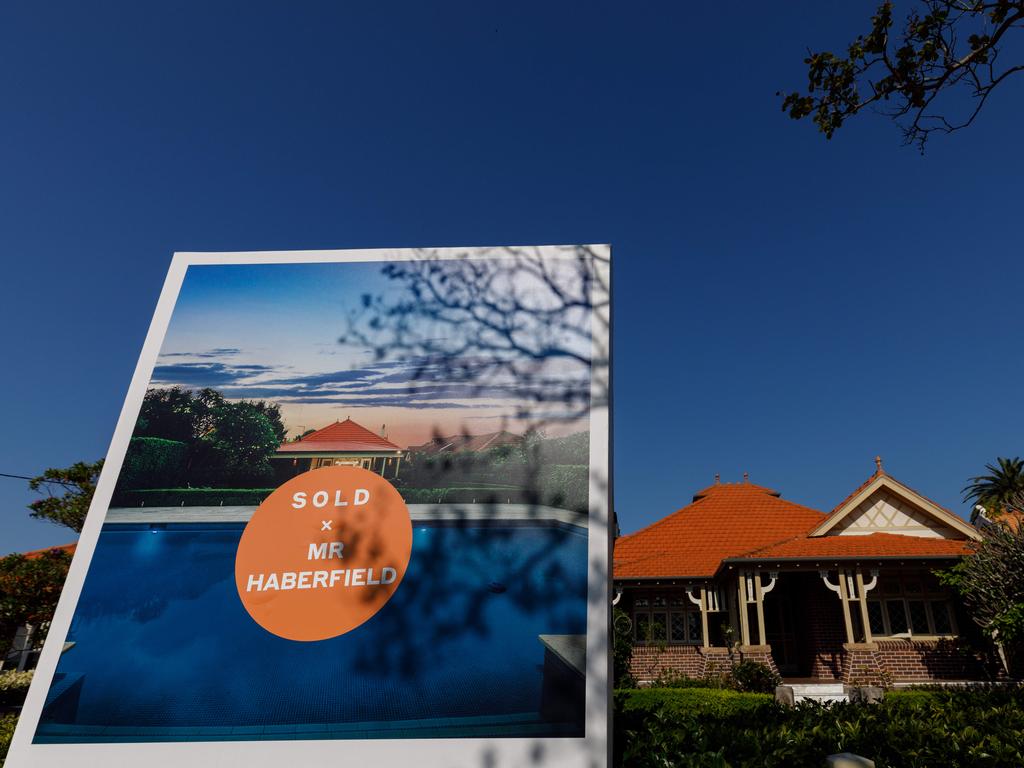
NSW Premier Chris Minns has echoed that sentiment and late last year announced sweeping changes to planning laws to allow medium-density apartments within 800m of train stations and lifting council bans on terraces and townhouses in certain areas.
It came after strong lobbying from concerned groups, including Sydney YIMBY, making the first major win for a new way of thinking.
“Australia’s housing problems show no sign of abating, and the political capital of YIMBYism looks set to grow,” Ms Sisson said.
“How that political capital is expended will have important implications for housing reform and urban life.”


